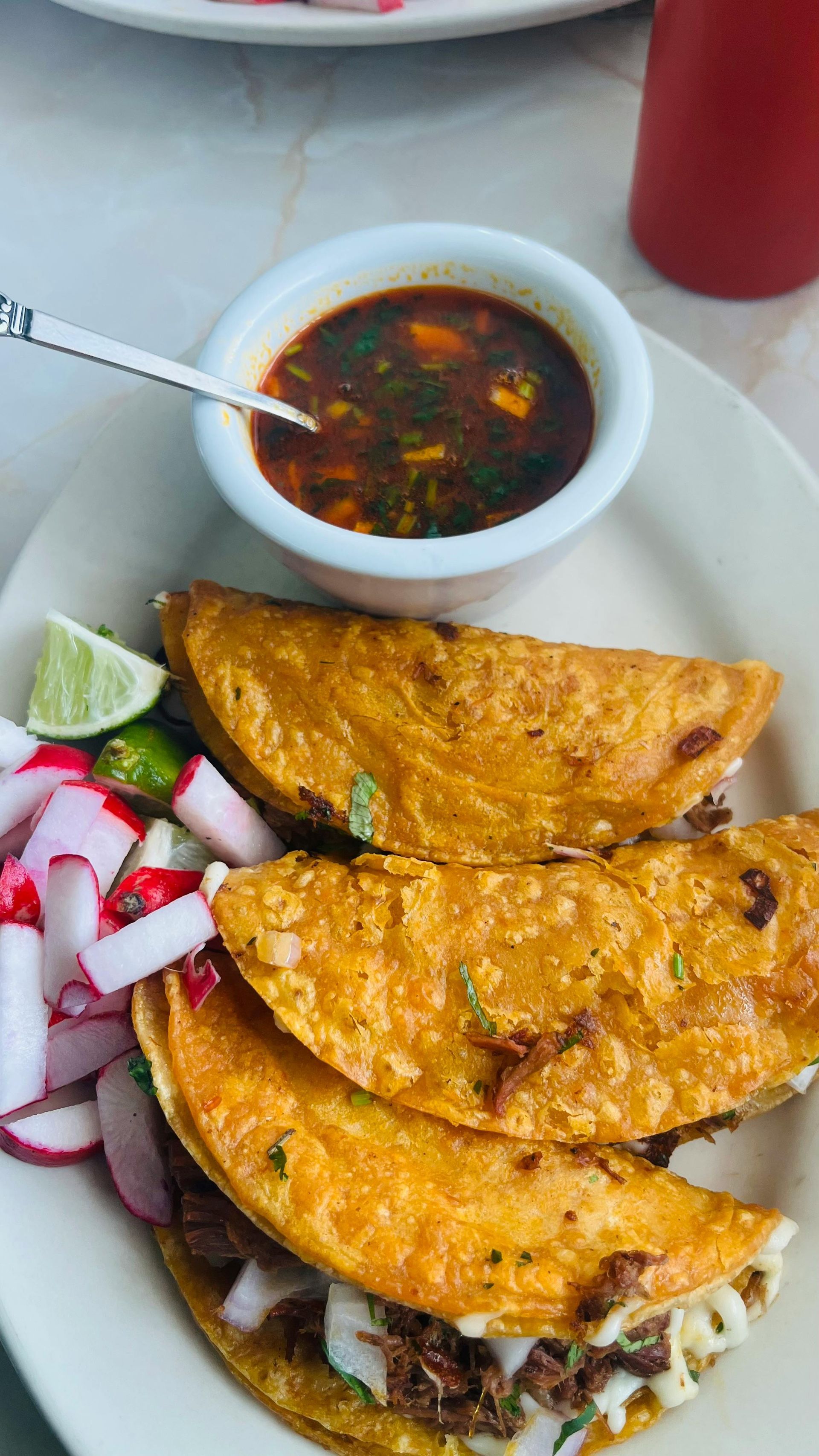Achieve any goal using keystone habits
Upgrade your habit loop and experience lasting change

It’s normal to want to experience change. Sometimes the change is related to your health, job, relationships, and more. The bottom line is that you often have some idea in your mind regarding where you want to be.
Say, for instance, you want to get into shape. You’ve often heard that it’s as simple as eating less and moving more. On some level this is true. There, however, is a little more going on here.
In this scenario, one of the best ways to achieve the change you’re looking for is to take a hard look at your habits; and your habits are made up of a few core components. You should start by looking at the activities needed to help get you into shape. For example, meal prepping, exercising a few times a week, and getting sleep. These activities combine to form your routine.
On one side of your routine is something called a cue. A cue could be a certain time of day. For a lot of us, when noon rolls around we’re feeling ready for lunch. Consequently, we grab a bite to eat.
On the other side of your routine is something called the reward. Typically, after eating a satisfying meal you feel energized, happy, and you’re ready to focus. These are all things you wouldn’t mind feeling over and over again, so what do you do when you’re cued by noontime? You eat and then feel energized and all that other stuff. And boom, there’s your habit.
Over time these routines become second nature, which directly results in some pretty deep seeded habits. You then find yourself often craving the reward.
A simple example, but this sort of thing is why it can be hard to make the changes you’re striving for.
Author Charles Duhigg describes the above habit loop concept in his book “The Power of Habit.” He then goes on to explain that building better habits can start with building keystone habits, and then zoning in on changing the routine component of the habit loop. Keystone habits are typically small wins you give yourself. They are also things that can trigger other habits. For instance, an exercise keystone habit might then lead you to eat at home rather than going out. So the next time you want to make any kind of change in your life, try to identify your keystone habits and then get moving.
It’s also worth mentioning that we often assign a moral value to our ability to make changes. For instance, feeling like we’re a bad person or that we’re simply not worthy if we fail. This couldn’t be further from the truth. The habits we’ve formed for ourselves are extremely powerful and usually can’t be changed overnight. In fact, our brains use these habits to help us function more efficiently.
So in addition to arming yourself with keystone habits, also arm yourself with belief. The belief that you’re capable of the change you’re seeking, the belief that you deserve it, and the belief that you have what it takes to sustain the change.
“Where you are is a result of who you were, but where you go depends entirely on who you choose to be from this moment on.”
- Hal Elrod, author of “The Miracle Morning”






